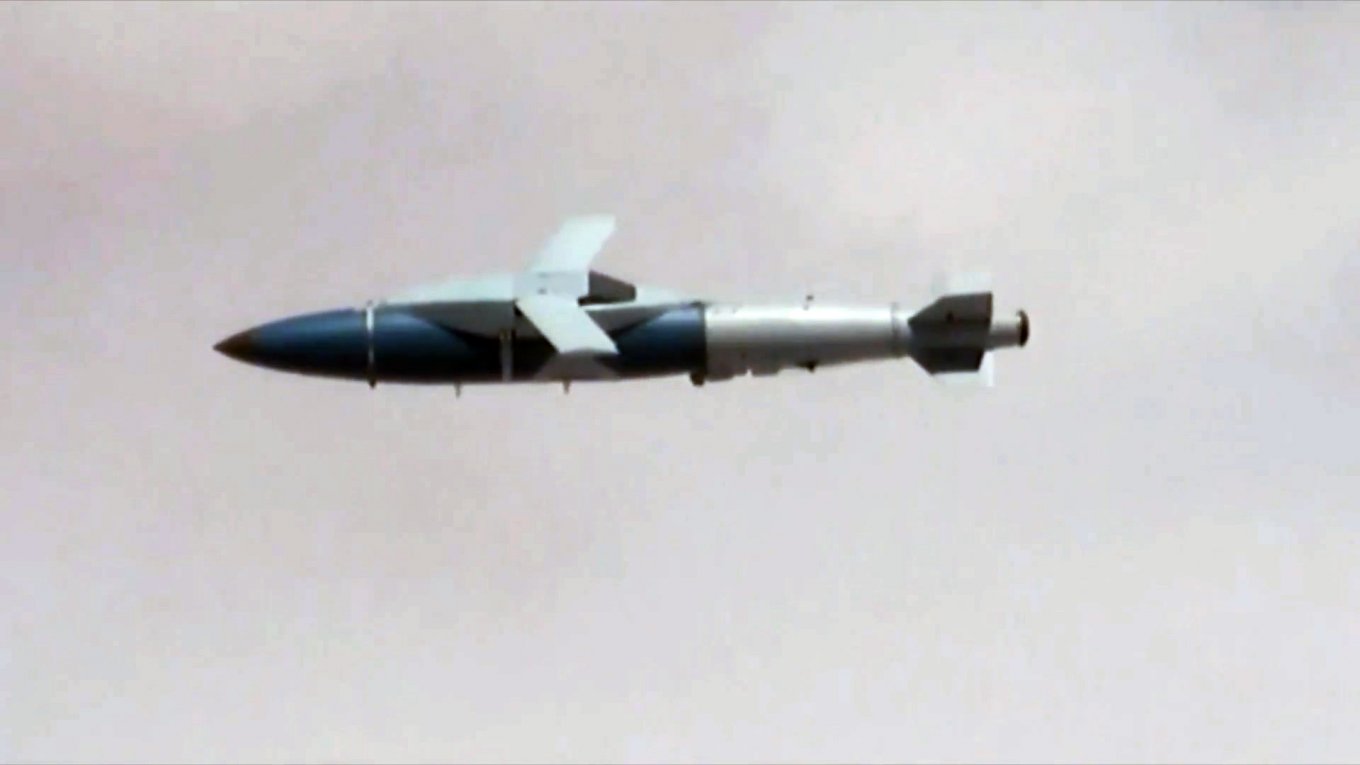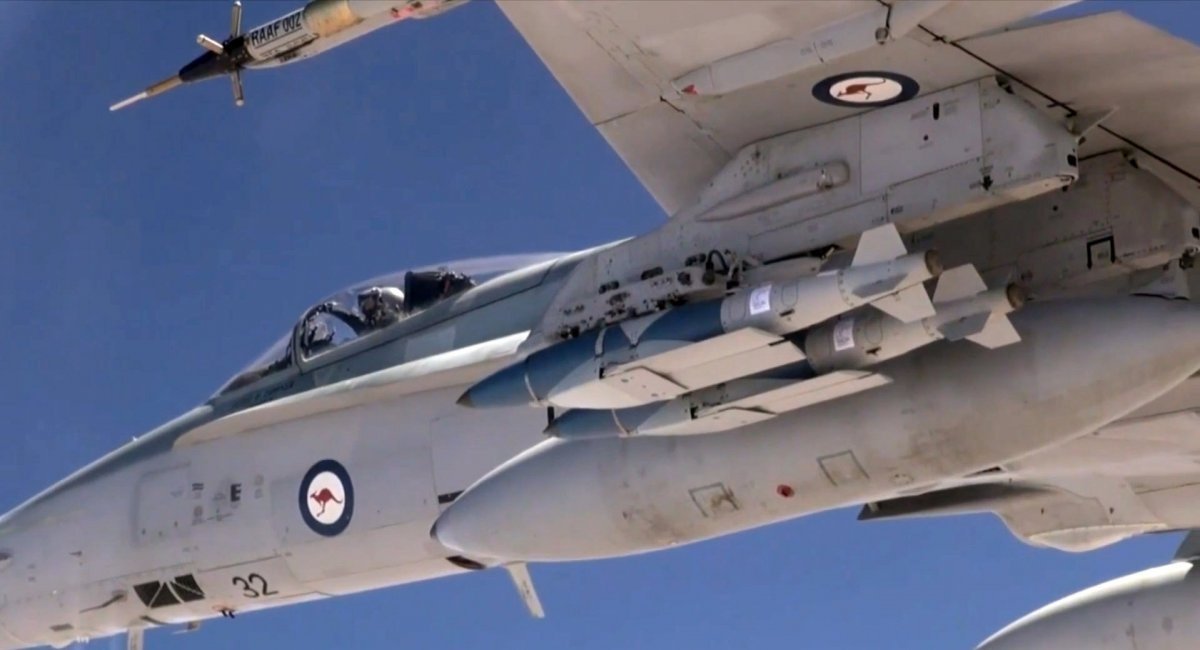Military aid package, announced by the United States back on December 21, had an interesting item called "precision aerial munitions" which most likely referred to the JDAM kits that allow turning ordinary dumb bombs into guided high-precision ones. There is also a very important aspect of how they were integrated for the use by Soviet-era planes.
As we earlier reported today, Bloomberg's sources said that the weapon given over to Ukraine is not just JDAM but its specialized JDAM-ER version that turns bombs into a flying bomb, similar to a cruise missile. It significantly increases the attack range and mitigates the need for Ukrainian attack aircraft to enter russian-controlled airspace to deliver and launch the explosive.
Read more: How Ukrainian Aircraft Was Adapted to Fire JDAM-Enhanced Bombs and How They Use It

We as well know the declared attack range of the JDAM-ER – 70-80 km. But in this situation, we should consider the real parameters of flying bomb application. The point is, the distance covered by any kind of bomb depends on its kinetic and potential energy – namely, the speed and altitude of its carrier.
Surely, all of this is well known to the russians, too. That is why we have already seen them making some attempts to make an analog to the American JDAM-ER, although by the means available at hand.
For example, here are the parameters and conditions for the use of a standard JDAM: 24 km is the range under conditions of cruising speed and altitude. However, if the aircraft climbs up to 15 km and reaches the Mach 1.5 speed, JDAM's range grows up to 44 km. This is the result achieved by the US Air Force during the tests with F-22.
In other words, the higher the carrier rises, the further JDAM-ER flies. In 2015 in Australia, there was a series of tests with this flying bomb launched from altitudes from 3 km to 12 km. At that time, the military managed to achieve the "three times as far" result than the standard range of JDAM, or 72 km for a bomb weighing 500 pounds (227 kg). The results were made public, too.
All things considered, this indicator refers to the maximum range of JDAM-ER when dropped from the altitude of 12 km (40,000 feet in the source text), so the maximum firing range in these conditions will be 72 km.
Also, for better understanding of JDAM max range parameters, we can look at a similar in terms of configuration but more lightweight and aerodynamic Small Diameter Bomb Increment I (SDB I). According to the data published by the Pentagon's Defense Technical Information Center, when dropped at subsonic speed from 12 km above, SDB I has a range of 92 km. Dropped at supersonic speed from 15 km high, it covers the distance of 137 km.

Therefore, it is fair to say that in order to fire a JDAM-ER at a distance of 72 km, the carrier must climb to 12 km. This is quite a challenging parameter to achieve in the environment brimming with enemy air defense and fighter aircraft activity.
That said, a more likely variant of application of JDAM is during a low-altitude flight (below 3.5 km according to US Air Force manuals), maybe during climb, which will make effective use of this weapon, although won't be able to send them 72 km away. This is an important thing to know for not to be caught in delusions about new types of weapons provided to Ukraine by allies and partners.
Read more: The New US 460-Million Aid Package Includes the Unusual M7 Bradley BFIST IFV














